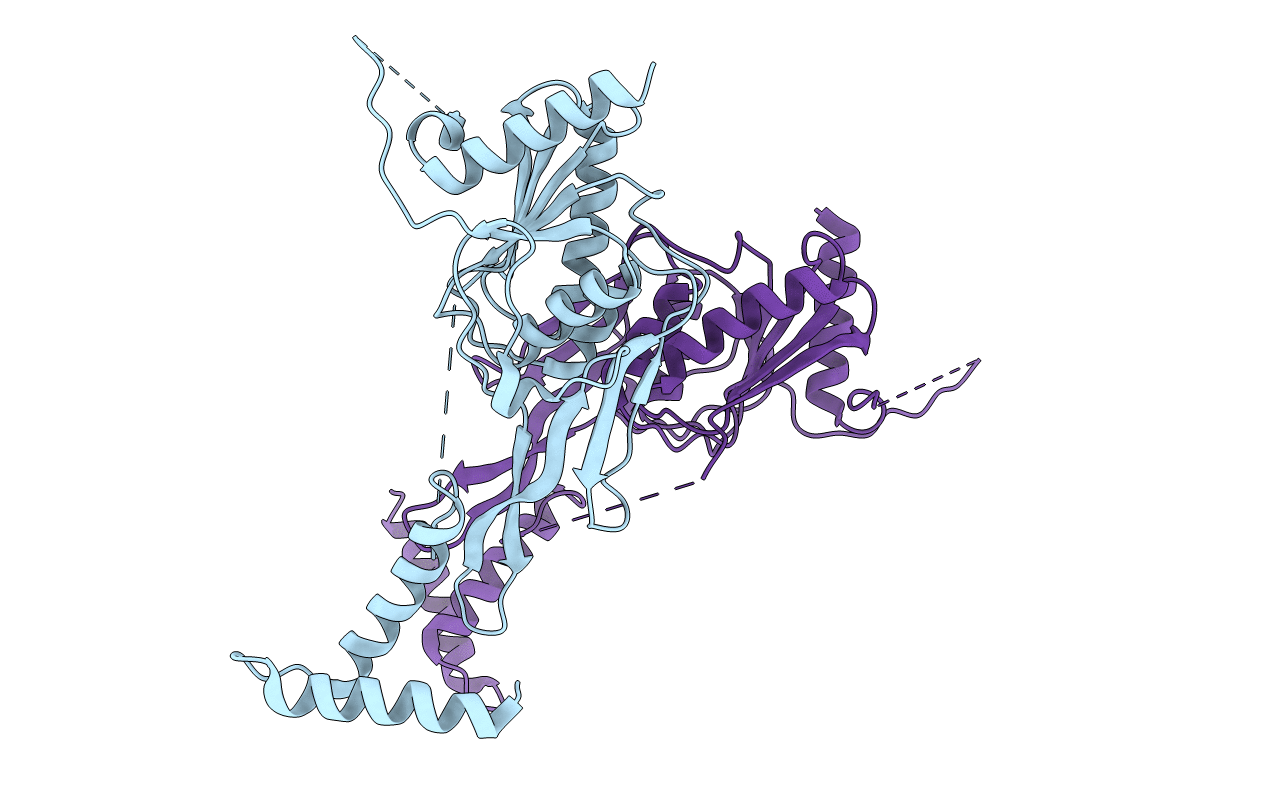
Deposition Date
2021-08-06
Release Date
2022-04-27
Last Version Date
2023-10-25
Entry Detail
PDB ID:
7RQH
Keywords:
Title:
Crystal Structure of carboxyl-terminal processing protease A mutant S302A, CtpA_S302A, of Pseudomonas aeruginosa
Biological Source:
Source Organism:
Host Organism:
Method Details:
Experimental Method:
Resolution:
3.20 Å
R-Value Free:
0.26
R-Value Work:
0.24
R-Value Observed:
0.24
Space Group:
H 3


